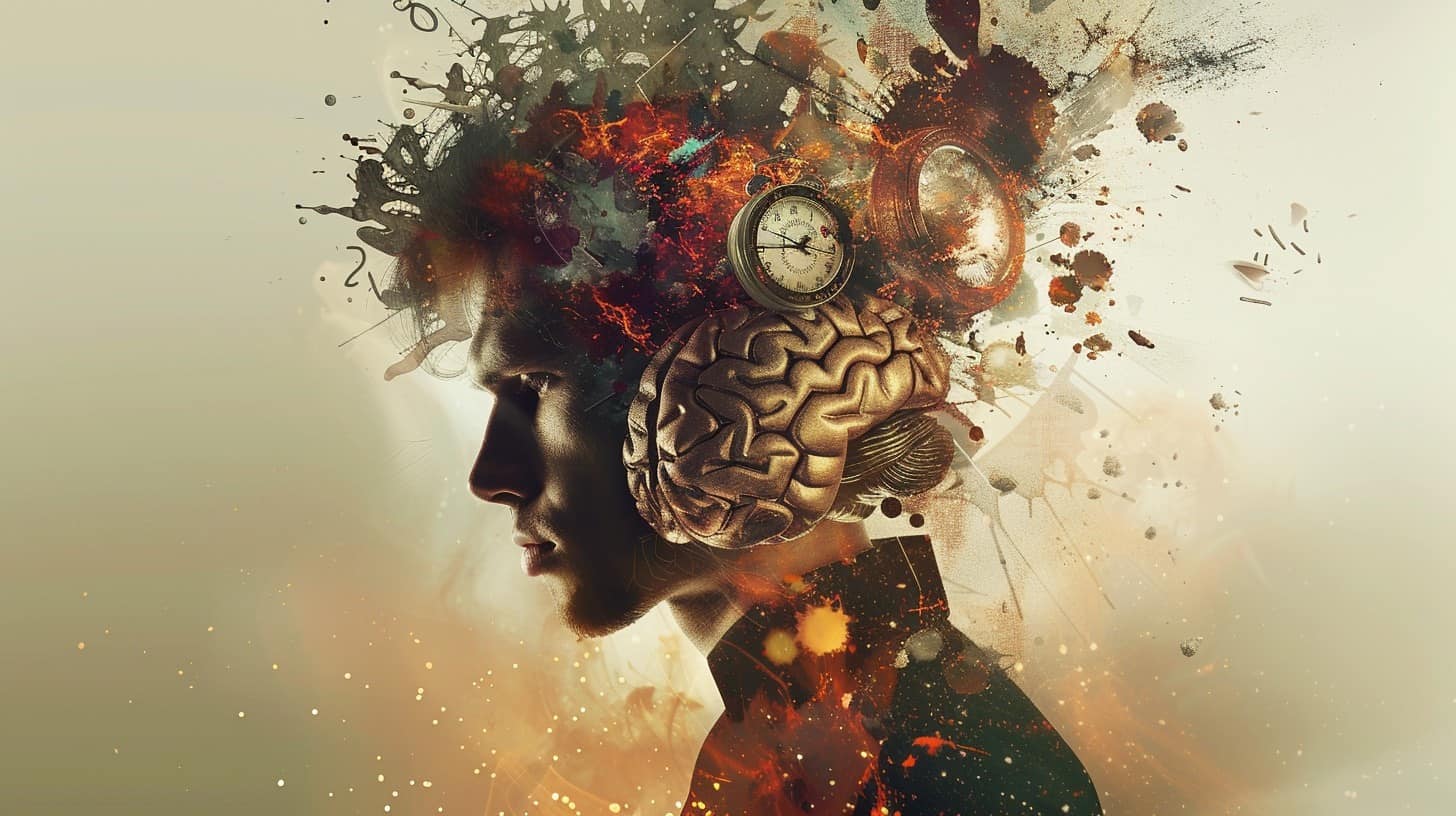
Kinesiology, what’s that?!
What is Kinesiology?
Applied or Systematic Kinesiology, as it’s known in the UK, works from the perspective that different muscles relate to different organs and healing systems in the body. Through specific muscle testing, we can identify imbalances in the body and address them at their root, rather than only focusing on a presenting symptom. When we balance the body’s systems, we restore homeostasis and promote natural healing. Because of this, Kinesiology is for everyone!
Every session is unique and integrates a variety of techniques and healing modalities such as: targeted lymphatic massage, Bach flower remedies, gentle realignment techniques, working with the meridian system used in acupuncture, acupressure, emotional stress release through eye movement and tapping, nutritional support, dietary and lifestyle advice… to name just a few!
Where did it come from?
Kinesiology was pioneered in the US in 1964 by Chiropractor, Dr George Goodheart. Since then, research into and knowledge of Kinesiology has expanded considerably, providing many additional dimensions to the diagnosis of bodily dysfunction. Dr Goodheart looked beyond his own chiropractic profession to the fields of biomedicine, osteopathy, acupuncture, dentistry, nutrition, biochemistry, and others for tried and tested methods to improve health and promote well-being using the body itself as a diagnostic and healing tool.
What is muscle testing?
Muscle testing used in Kinesiology assesses the integrity of the muscle and its corresponding circuit, not its physical strength. A muscle test can show a physical answer of ‘strength’ to tell us there is a complete and working energetic connection, and the related system is well balanced. If a muscle signals as ‘weak’, we know the energy of the associated organ and/or healing system is out of balance and needs addressing.
As an example, the fascia lata, located in the outer thigh corresponds to the large intestine. By isolating the fascia lata and muscle testing, we can ascertain whether this organ and the related digestive system is working optimally or if it needs additional support.
What can Kinesiology help with?
Kinesiology can help with a wide range of issues such as chronic pain or fatigue, IBS symptoms, headaches, emotional processing following trauma/loss/stress, fears and phobias, behavioural or developmental issues, low immune system, skin issues (acne, eczema, psoriasis), disturbed sleep, allergies, food sensitivities, nutritional deficiencies and joint or body pain.
Because Kinesiology is a holistic therapy, we don’t look at you in isolation (eg. just your body or just your emotions); we look at you as a whole person. Each session is uniquely tailored to you as an individual and will take into account what is going on for you mentally and emotionally, what is presenting physically, are you sufficiently nourished nutritionally and are you ‘fully charged’ energetically?

Please get in touch with Gina Moss at Bramham Therapy to ask any questions and to book an initial appointment.




This Post Has 0 Comments